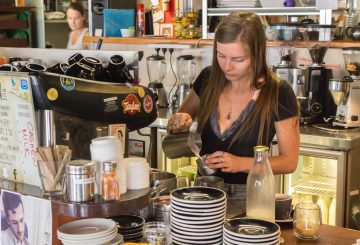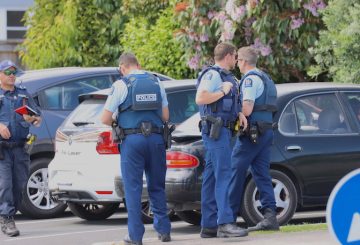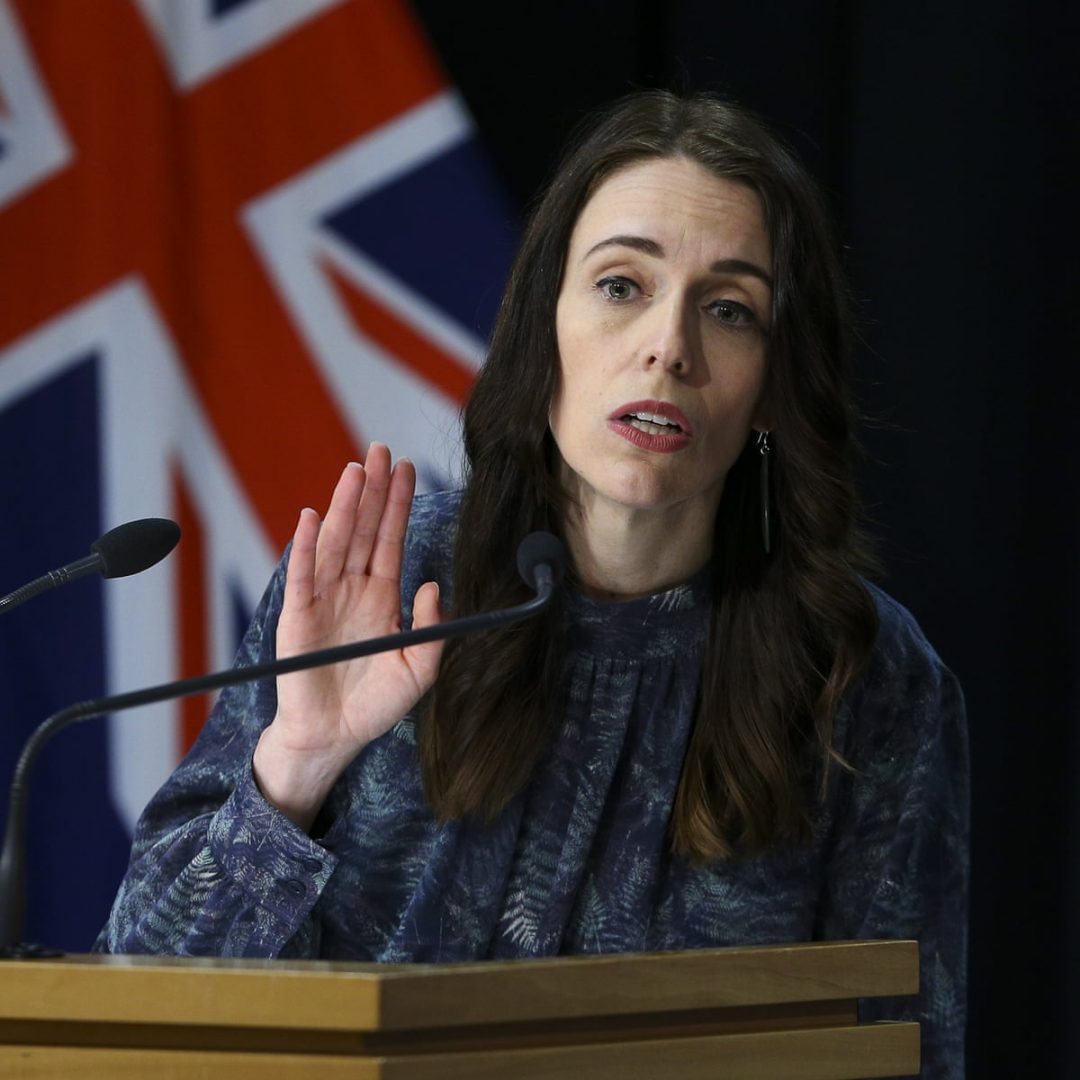新西兰大选将于10月14日举行,海外投票将于本周三开始。这允许居住在国外的新西兰公民和永久居民投票。
如何从国外投票:
- 注册:在投票之前,您必须先注册。目前,约有65,000人登记在海外投票。要报名,请选择您居住了至少一个月的新西兰选民。首次获得毛利血统的选民应该在普通选民名单或毛利人名单之间做出选择。可以使用新西兰护照、驾照或RealMe身份进行在线注册。报名截止日期为10月13日星期五午夜(新西兰时间)
- 2023年资格变更:由于过去与COVID相关的旅行限制,如果公民在过去六年中访问过新西兰,现在可以投票。永久居民需要在过去四年内进行探视。2023年之后,公民的有效期将恢复为三年,永久居民的有效期将恢复为12个月。
- 投票流程:如果附近有海外投票站,则可以亲自进行投票。或者,您可以索取邮寄投票文件。但是,选举委员会建议在网上下载、填写并上传投票文件。投票文件将从9月27日起发行。下载的文件包含选票、说明和申报表。
- 提交:以数字方式或打印方式填写您的投票文件。选民和证人必须签署申报表。可接受的证人包括亲属、已登记的新西兰选民、选举官员批准的个人等。签名后,扫描或拍照您的文件,然后将其上传到Vote NZ网站。确保图像的清晰度和完整性。提交截止日期为10月14日晚上7点(新西兰时间)
。
。
应避免的常见错误:
- 没有及时报名。
- 申报表不完整或未签名。
- 不止一次提交论文。
- 投票文件图像不清楚。
- 迟交选票。
选举日晚上7点之后的选票将不计算在内。避免这些错误,确保你的选票算在内。






























































